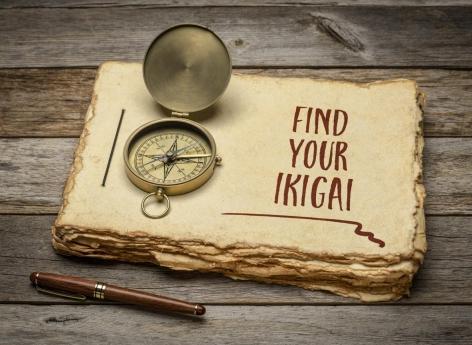Like every March 20, we celebrate the International Day of Happiness, sponsored by the UN, the objective of which is to make the rulers of the world understand that economic growth is certainly not the best indicator of “happiness” in the world. a country, nor its population.
The objective of the international day of happiness, placed under the aegis of the UN, is to make the world leaders understand that economic growth is not the best indicator of the happiness of a country, nor of its population.
An international day of happiness for a better world
The underlying idea is that a more equitable development and sustainable development would better eradicate poverty and ensure the well-being of all peoples.
Every March 20 since 2013, theUnited Nations celebrates the International Day of Happiness on March 20 because happiness and well-being are two universal aspirations of all peoples of the world and it is important to take them into account in the public agenda.
Since then, the UN has adopted a new Sustainable Development Program, structured around 17 sustainable development goals, as well as a global agreement on climate change.
17 goals to save the world
The Sustainable Development Goals give us the way forward to achieve a better and more sustainable future for all. They respond to the global challenges we face, including those related to poverty, inequality, climate, environmental degradation, prosperity, peace and justice.
All of these goals are interconnected and, to leave no one behind, it is important to achieve each of them, and each of their targets, by 2030. Click on a specific goal below to learn more .
According to the UN, “ happiness and well-being should be factored into political goals. “The Organization also recognizes the need for broader, more equitable and balanced economic growth, which” promotes sustainable development, the eradication of poverty, and the happiness and well-being of all people. “
Le Bonheur National Brut
It was Bhutan’s initiative by BIB that prompted the United Nations to seek new ways to measure well-being and happiness beyond the strictly economic dimension.
This indicator was created in 1972 by Jigme Singya Wangchuck, the king of this small Himalayan country. For him, the analysis of a country’s growth must consider its development as a whole, and not just from its sole economic perspective. It thus favors the index of Gross National Happiness (BIB) to that of the Gross Domestic Product (GDP).
Take the time to celebrate the arrival of spring, smile at a stranger, take a walk, start a new activity, cook, draw, cultivate your optimism and your gratitude, dream.















